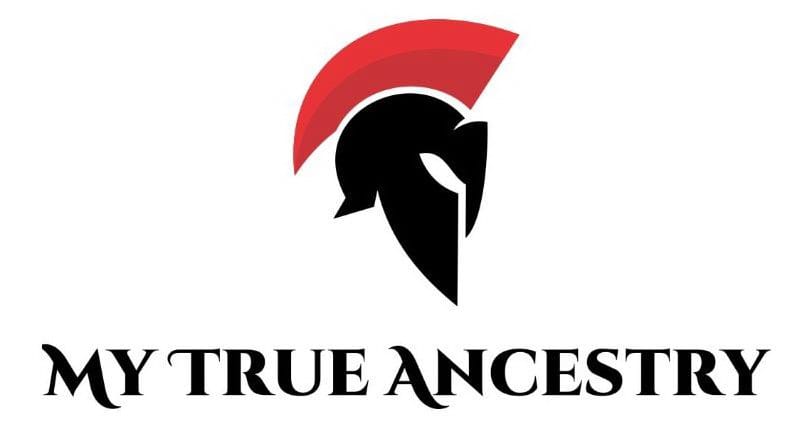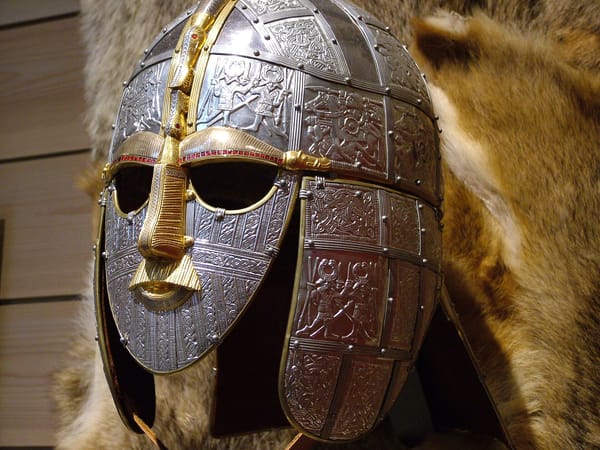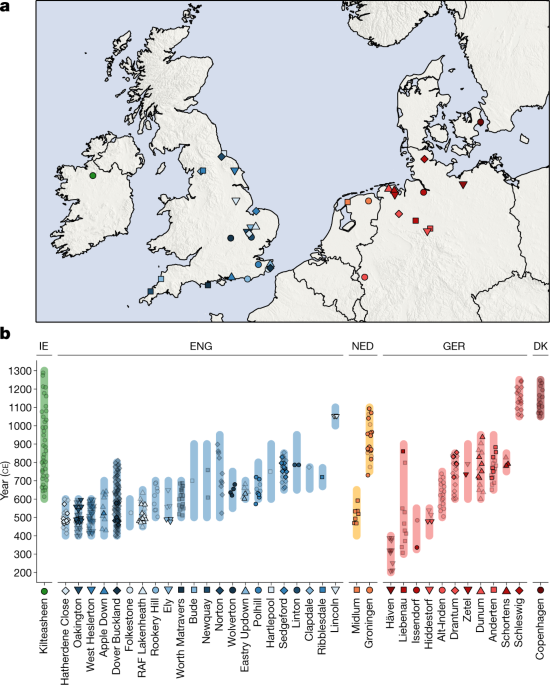Exploring the Genetic Legacy of the Anglo-Saxon Migration: Formation of the Early Medieval English Gene Pool






The rich tapestry of Early Medieval England is brought to life through the fascinating study of ancient DNA, illuminating the diverse genetic makeup and migration patterns of its peoples. This genomic exploration has transformed our understanding of the Anglo-Saxon migrations, providing valuable narratives on early medieval societies' structure and cross-continental interactions.
Unearthed in the early 1980s, Apple Down offers a compelling example of diversity in burial customs, showcasing both cremation and inhumation practices. The cemetery contains 185 burials with varying orientations (north-south and east-west), suggesting different coexisting groups or communities in early medieval Sussex. DNA analysis linked individuals to Continental Northern European (CNE) and Western British Isles (WBI) ancestry.
First excavated in the 1950s, Dover Buckland comprises over 500 inhumation graves and has become a landmark site for understanding Anglo-Saxon migration. The site is notable for its:
This significant site contains over 200 graves revealing complex burial organization that suggests social stratification. The cemetery features:
Known since the 19th century, this site's grave goods include imported Frankish and Byzantine artifacts, indicating extensive trade networks. DNA results align these individuals closely with contemporaneous populations in continental Europe.
The Eastry site, posited as a crucial center in medieval Kent, delights with its rich deposits of jewelry and imported artifacts, including a Byzantine buckle and amethyst beads. Such finds reveal its connections beyond the Isles, serving as evidence of early global interactions, while the recovered grave goods bolster our understanding of Anglo-Saxon material culture and external influences. Eastry Updown is a treasure trove of imported artifacts, including Byzantine buckles and Frankish items, indicating extensive continental connections.
Bound within the confines of a military airbase, this site surprises with its discrete burial grounds and varied grave configurations that hint at a complex societal structure. The discovery of one early grave of an adult female, ostensibly Danish, broadens our perspective on Anglo-Saxon immigration, revealing a tapestry of regional diversity and movement across the North Sea. The presence of an early Scandinavian female, detectable through isotopic analyses, enriches our understanding of trans-North Sea movements. Burials here underscore the diverse familial legacies established through migration and integration.
The excavation at Lincoln Castle paints a picture of a community closely tied with religious and possibly royal duties, as suggested by a church or chapel amidst the burial sites. The graves, dating to just before the Norman Conquest, hold stories of individuals from various lands, as indicated by isotope analyses suggesting both local and foreign origins.
This accidental discovery of human remains speaks to the woven tapestry of ancient lives, revealing a glimpse into a large pre-conquest cemetery. The unearthed burial grounds and scattered bones tell tales of their own, reviving lost voices from between the 7th and 10th centuries.
While initially thought to be Neolithic, Fox Holes Cave astounded researchers with its early medieval remains, dating back to 655-774 CE. Such unexpected chronologies urge us to reassess the continuity between past eras, revealing layers of human history previously concealed beneath Yorkshire's serene cliffs.
This site illustrates a deeply intertwined genetic mosaic, reflective of broader migrations across the North Sea. Differences in burial customs here suggest a nuanced coexistence of native traditions and newly introduced continental influences.
The genetic analyses reveal a narrative of convergence and divergence across medieval England:
Research on sex-biased ancestry from uniparental markers reveals:
While the role of Scandinavian ancestry during the Viking Age looms large in historical imagination:
These findings invite us to reconsider our understanding of early medieval England:
The examination of kings and commoners alike shows us not just who they were, but the worlds they inhabited and the myriad paths they walked to what would become England.
Comments